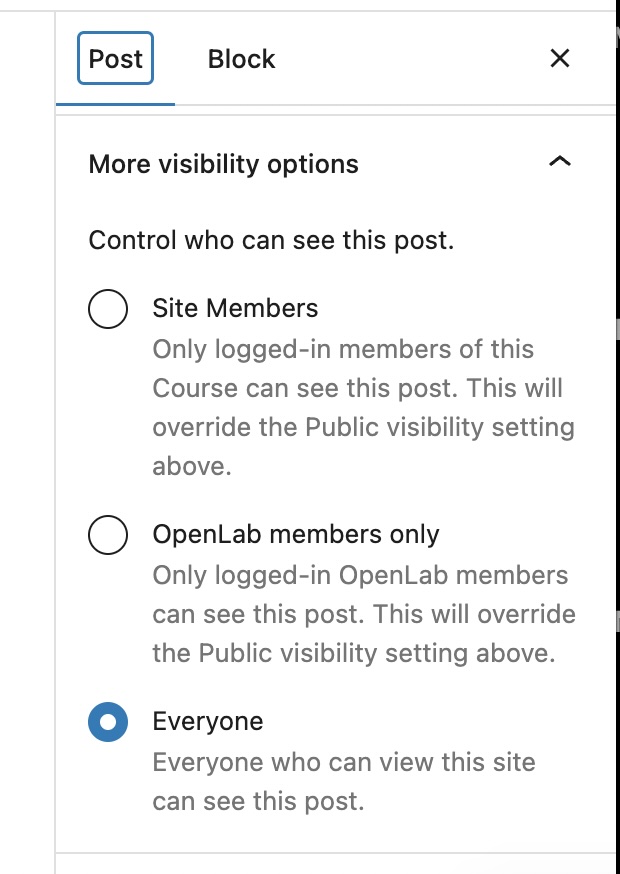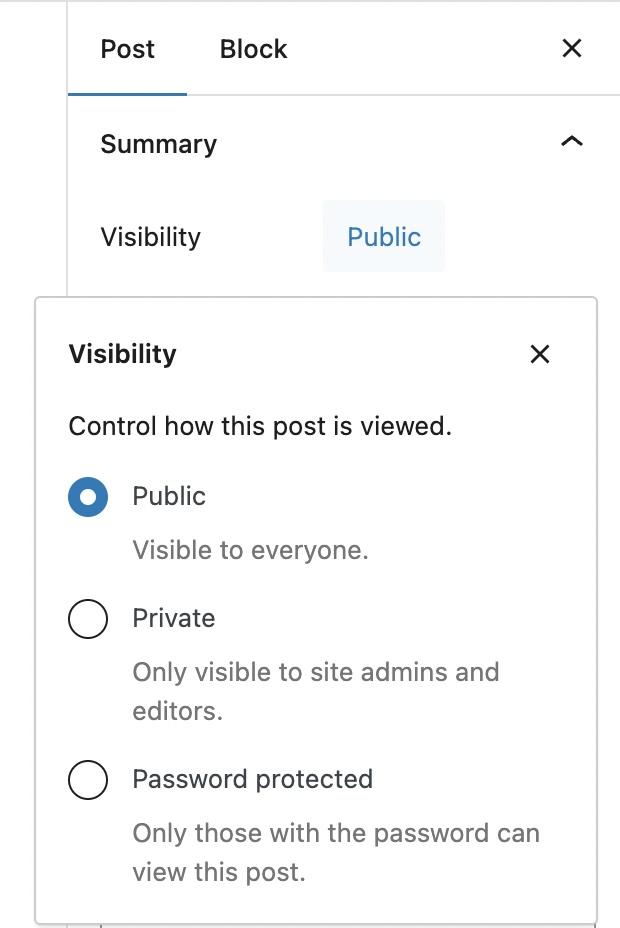Tasks Due Today from Week 8
- Review Research Project Guidelines
- Completed Research Project Presentation Outline in Writing Portfolio
- Provided feedback and inline comments on classmate’s Essay
This Week’s Topics
- Checkin
- Freewrite – Art of Noticing
- Checkin: Peer Review: Research Essay – Stereotype
- Share & Post: Research Project Presentation Outline
- Manifestos!
- Reading/Discussion #5: Write your own Manifesto
- Midterm Assessment
- Week 8 Agenda Checklist
Check-in (10 min)
Freewrite – The Art of Noticing (15 min)
This week’s task brought to you by Adrika:
Read the Label
The next time you are browsing a clothes rack or at the grocery store, read the label. Scrutinize whatever information is available. Consider what information is not available. Imagine why that might be- and what you may be missing.
ART OF NOTICING
Listen: “Opening the Hand of Thought” by Kosho Uchiyama, a Sōtō priest, origami master, and abbot of Antai-ji near Kyoto, Japan. Uchiyama was author of more than twenty books on Zen Buddhism and origami. In this section of the book, he is not talking about actual clothes, but rather all of the ways we define ourselves in relation to the constructs of the world. Consider all the “clothes” you wear or labels you give yourself.
Prompt: In your language of choice, write continuously in your notebook for 10 minutes about what you noticed this week when completing the task. Don’t edit, or correct, don’t stop, just write. Feel free to share or not.
Next Week’s Prompt by Andre :
Change your perspective (aka self-examination through another’s perspective)
Notice how your see yourself vs how others see you. You probably already know how you feel about yourself but what about others? Choose a person/group of persons and think about how they might view you/what they think about you. It can be anyone, be it a stranger or someone you already know.
Andre
Activities
Below, find the information covered in this session. Complete all of the following activities, videos, and assignments.
1. Check-in: Peer-Review of your Research Essay – Stereotype
How did it go?
Here’s an example of inline feedback and comments. Thanks, Andre!
2. Share & Post: Research Project Presentation Outlines (30 min)
Please share your Research Project Presentation Outline with the class. You can use your Research Project to bring awareness to the issues that matter to you as an individual, as a global citizen, as a designer. You can also use this Research Project to explore a design movement or aesthetic that inspires your creative work.
If you missed last class, please review the Research Project Presentation guidelines and last week’s Agenda item #2 for details.
Due next week: NEW POST with your Research Project Presentation Outline
For next class, create a new post with your final Research Project Presentation Outline. Copy, paste, and refine the outline you created in your Writing Portfolio. Use the Category: Research Project Outline. Be sure to spell/grammar check before posting.
Your Outline should include the following:
- Introduction
In one or two sentences, define your research question or thesis. - Background/Review of the Sources
Explain in detail the topic you are examining. Include a summary of the basic background information on the topic gleaned from your sources/readings review (you can include information from the readings and class, but the bulk should be outside library or scholarly sources). - Rationale
Explain why your research topic is culturally, socially, or politically significant. Include a description of the questions you are examining and why you are exploring this topic. Why is it meaningful to you? - Method and Design
A description and bulleted outline showing how you plan to present the information in your presentation, starting with the introduction and ending with a conclusion. - References
List the resources and references you have found so far. Include all references in MLA style.
3. Manifestos! (1 hour)
Graphic design was in its infancy in the early 20th Century, and the artists and designers of the early Avant-Garde were laying the foundation for the field amidst worldwide upheaval and technological and social change. Like the artists and designers of the Avant-Garde, we as designers are called to address some of these same issues: the nature of communication, globalization, gender politics, body politics, and the representation of power. Add to that a recent worldwide pandemic, economic and racial inequity, and climate change. We have a lot going on to drive that passion for change.
Let’s take a look at some videos to review early Avant-Garde movements and what drove the artists/designers/poets to write their manifestos.
Login to LinkedIn Learning with your Public Library Card (see LinkedIn Learning Access) and watch European Avant-Garde and The Soviet Revolution in the Course: Learning Graphic Design History.
Consider the following:
- What similarities or differences do you notice observing the avant-garde movements of the past and the design field (or the world) of today?
- What idea(s) or concerns do you think will drive the Avant-Garde of the near future? Who will lead the charge?
- What drives or inspires you as a designer or a citizen of the world?
- What would you want to say in your Manifesto?
Futurist & Constructivist Manifestos
Together, let’s review the manifestos from F.T. Marinetti, “Manifesto of Futurism,” 1909 and Aleksandr Rodchenko “Who We Are: Manifesto of the Constructivist Group,” 1922 found in Graphic Design Theory: Readings From the Field. And Tristan Tzara, “Dada Manifesto” 1918
4. Reading/Discussion #5: Write your own Manifesto (30 min)
Here are a couple of more recent manifestos to help you to consider your own:
After exploring the early avant-garde manifestos above and more recent manifestos, review this Reading/Discussion post and add your own Manifesto in a comment before next class.
5. Midterm Assessment Post
Due next week: Create a post called Midterm Assessment – Your Initials.
Use the category: Midterm Assessment
Feel free to adjust the Publish or Visibility options to make your post Private or share only with members of the course.


Include the following:
- a brief evaluation of your progress so far (what you’ve accomplished, what you want to improve/revise, and anything else you’d like to share about your progress)
- an overview of your Learning Plan (revised, if needed)
- links to your completed classwork, including your Research Journal
At this point in the semester, you should have completed the following work:
- Reading Response #1
- Reading Response#2
- Reading Response #3
- Reading Response #4
- Research Essay – Stereotype
- Research Project Outline
- Writing Portfolio (In Progress)
Midterm Grades
I will add a private comment to your Midterm Assessment post with your midterm grade. If you’ve completed all of the work up until this point, you’re on track to pass the course. If you are missing assignments or have missed several classes, we should work together to formulate a plan to get you back on track.
- P= Passing work
- N= Needs Improvement
Week 9 Agenda Checklist
Below are all of the tasks, big and small, for this week. The due date is Wednesday, 11:59 pm before our next Thursday class. Timely completion of these tasks will contribute to your success in this course.
If you have any questions, don’t hesitate to reach out.




Leave a Reply